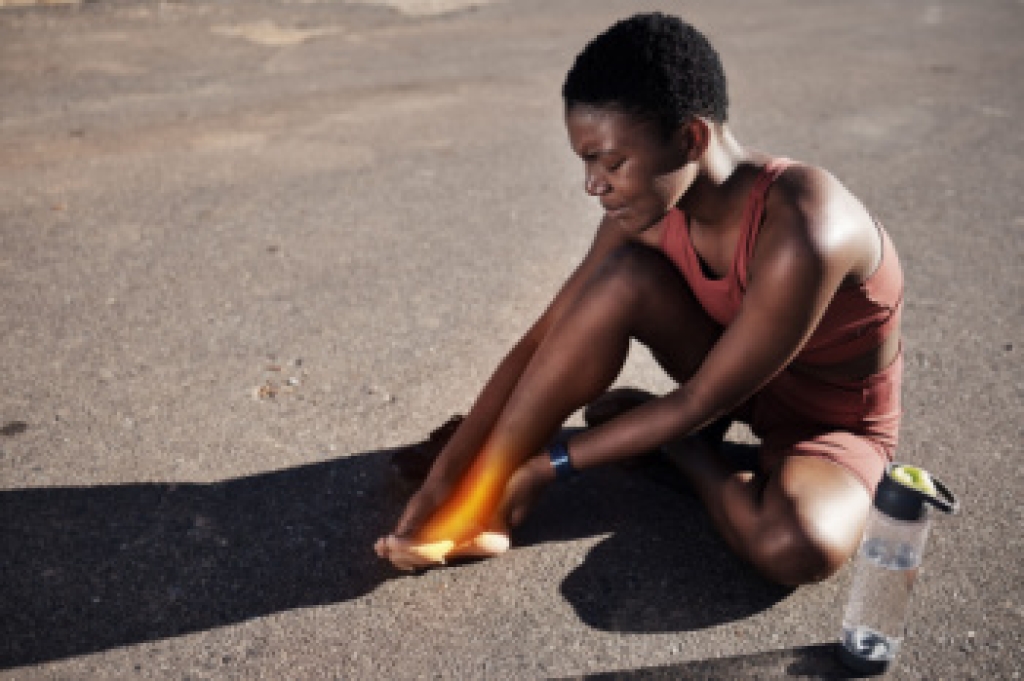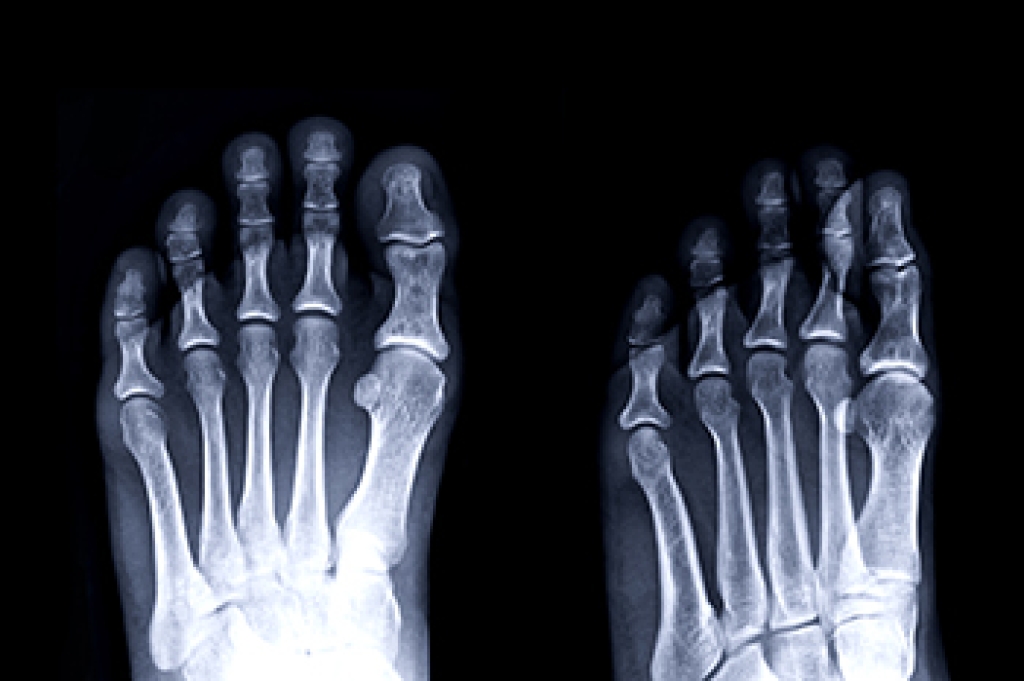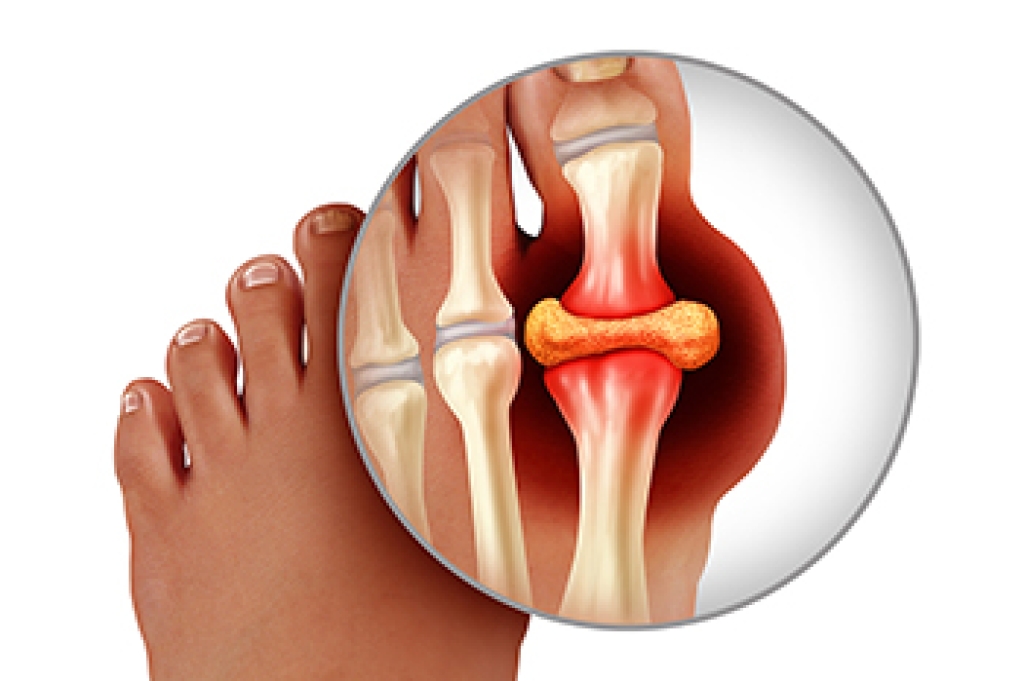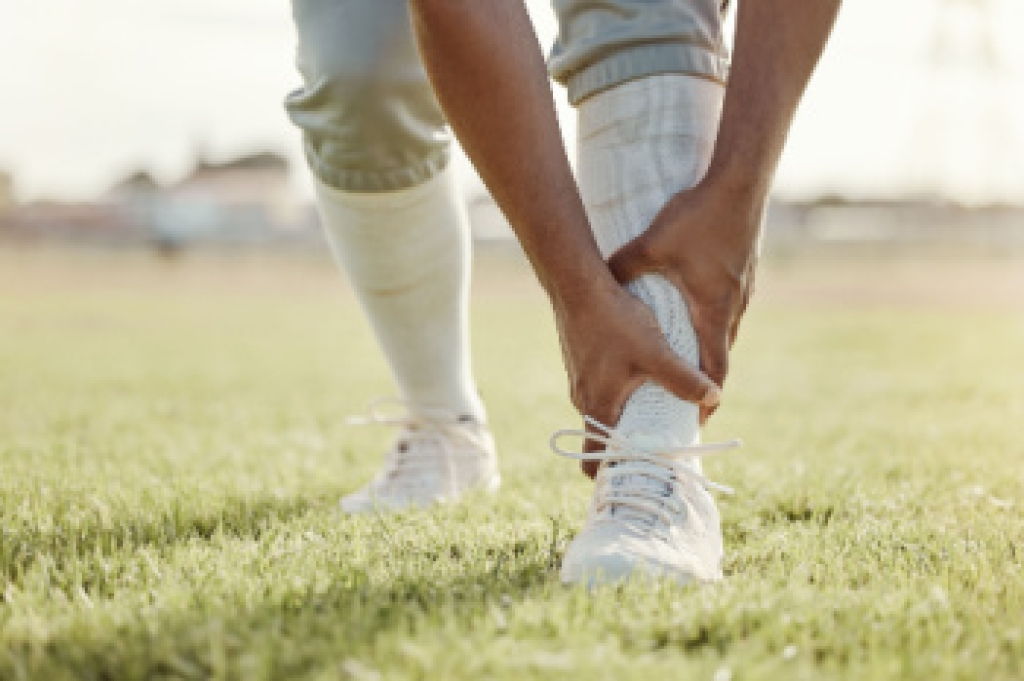
Foot pain often develops due to injury, structural issues, or medical conditions that affect the bones, joints, and soft tissues of the feet. Common sources of foot pain include bunions, heel spurs, flat feet, and plantar fasciitis. These conditions can place strain on the arch, heel, or forefoot and lead to discomfort with walking or standing. Nerve problems, such as Morton’s neuroma and peripheral neuropathy, may cause burning, tingling, or numbness, especially in the toes or ball of the foot. Pain can also result from arthritis, which may affect the joints of the toes and ankles, or from deformities, like hammertoe, that are caused by a muscle imbalance. Repeated stress, poor foot mechanics, and trauma can lead to stress fractures, tendon injuries, or ligament sprains. A podiatrist can evaluate your symptoms, examine foot alignment and mobility, and use imaging tests to confirm a diagnosis. If you have foot pain, it is suggested that you schedule an appointment with a podiatrist for an exam and appropriate treatment options.
Foot Pain
Foot pain can be extremely painful and debilitating. If you have a foot pain, consult with Paul Potach, DPM from Illinois . Our practitioner will assess your condition and provide you with quality foot and ankle treatment.
Causes
Foot pain is a very broad condition that could be caused by one or more ailments. The most common include:
- Bunions
- Hammertoes
- Plantar Fasciitis
- Bone Spurs
- Corns
- Tarsal Tunnel Syndrome
- Ingrown Toenails
- Arthritis (such as Gout, Rheumatoid, and Osteoarthritis)
- Flat Feet
- Injury (from stress fractures, broken toe, foot, ankle, Achilles tendon ruptures, and sprains)
- And more
Diagnosis
To figure out the cause of foot pain, podiatrists utilize several different methods. This can range from simple visual inspections and sensation tests to X-rays and MRI scans. Prior medical history, family medical history, and any recent physical traumatic events will all be taken into consideration for a proper diagnosis.
Treatment
Treatment depends upon the cause of the foot pain. Whether it is resting, staying off the foot, or having surgery; podiatrists have a number of treatment options available for foot pain.
If you have any questions, please feel free to contact our offices located in Wheeling and Berwyn, IL . We offer the newest diagnostic and treatment technologies for all your foot care needs.





